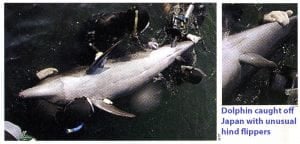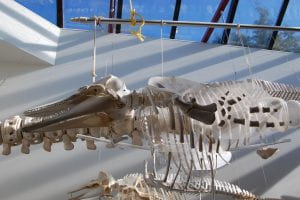Class Insecta or Crustacea Project4 Phylum Euarthropoda Classes Crustacea & Insecta DH
Notes on the Annelida and Mollusca
Use this information for your Animal Phyla projects.
Microbiology Notes for my 2025 Life Sciences 11 classes
Probability and Venn Diagrams
The Kingdom Animalia Final Assessment
Here are your choices for the final Assessment for our animal unit. One is similar to the microbiology unit final assessment. It is a summary of the information given on the animals. The other choice is more of a continuing of your learning by looking at an animal of your choice in greater detail. They are of equal value. Choose which ever one you want. The deadline is Tuesday, November 10.
Microbiology Notes for my Life Sciences 11 class T1 2020-2021
Here are the notes I gave you since I came back from being ill. They start with the Great Oxygenation Event. Because of adjustments to new technology, some parts of the notes disappeared into the ether. If that is a problem, check my notes from the previous year. Most are the same. Any differences will not make a difference when using them for class.
Evolving to the Environment and Convergent Evolution
Hello everybody,
Now that you have gone through the animal kingdom, I want to give you some information about evolution. The first handout is on how the environment is a major influence on evolution. I compare the sister clades crustacea and insecta. Looking at their body systems, you will notice that the change from a lobster-like animal to an insect is all due to a complete change in environment.
The second handout, a pdf from notes I gave to a class last year, is on convergent evolution. This is the subtext on the Life on Land vs Life in Water notes. If the environment is so important, animals from different groups should begin to look similar if they have similar niches (occupations) in an environment. And they can look at the three links below. The first link shows Ocean Ramsey, a shark conservationist, free-diving with a Great White Shark. First of all, she does not recommend people try this unless, like her, they have spent years studying shark behaviour. Secondly, notice how the shark swims.
https://www.youtube.com/watch?v=d-1xU0VfJ-g
Now watch the video at the link below. It is a GoPro video of dolphins swimming. Notice how similar the body of a dolphin is to that of a shark. Dolphins are grouped as toothed whales, so evolved from Pakicetus. Sharks evolved from ancestors that never walked on land. So, notice the differences in how they move compared to the shark.
https://www.youtube.com/watch?v=LStXdttFj_o
Now watch this last video. It is a slow-motion video of dogs running on a beach. Notice how the back moves and how the tail goes up and down as the dog pulls its back legs under and the tail goes up when it stretches its spine again. Compare that to the way the dolphin swims, despite not having any back legs.
https://www.youtube.com/watch?v=_caOk6lycb0
The dolphin and shark look similar because of the environment. However, the dolphin has an evolutionary history of living on land and is stuck with a body that initially evolved for that. So with that toolkit in its belt, it adjusted it to live in the water. It lost its legs, but it kept the musculature and therefore has a movement more like a dog in a shark-like body. That similar fusiform (rocket-shaped) body is required for fast swimmers in water. It even evolved a cartilaginous dorsal fin for stability, and its front fins are mostly immobile, but have the same bone structure as most mammals. That’s convergent evolution again.
Here’s a dolphin showing atavism, a recurrence of a trait or traits from an ancestral organism. Most dolphins no longer have their hind limbs. However they still have the genes for them and occasionally this happens and hind limbs grow again.
And here is a picture of a dolphin skeleton at the Bamfield Marine Science Centre. I took this photo on a field trip. This shows how the fins are homologous to our hands with the one bone – two bone – many little bones – five digits body plan first observed in the Tiktaalik fossil. I guess it might be ironic that the “hand” structure that we see in a dolphin to demonstrate how it once was descended from a land mammal also shows it is descended from a 375 million year old fish. Note that this skeleton was from a washed-up dead specimen and prepared by students. Some of the “fingers” are missing and incomplete.
Potato Growing Update
Sorry all. I am very busy trying to finish the Yearbook and have neglected my classes. However, you guys are amazing! Mike and Ryley did incredible sourdoughs and Aiden just sent me the following pictures of the potato plants he is growing. I grew up on Prince Edward Island so know a good potato plant when I see one, and this is one to be proud of. Check out the most famous Canadian song featuring potatoes!





